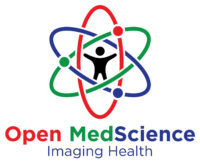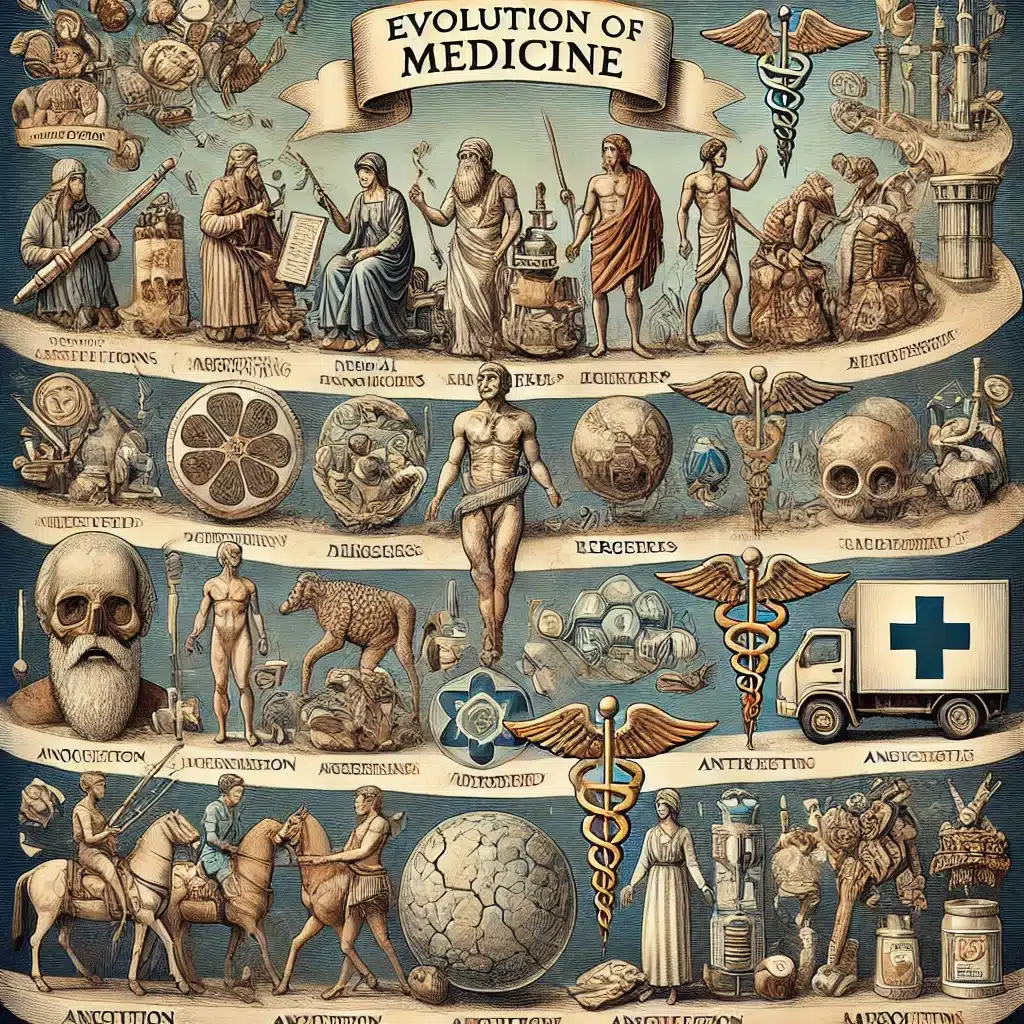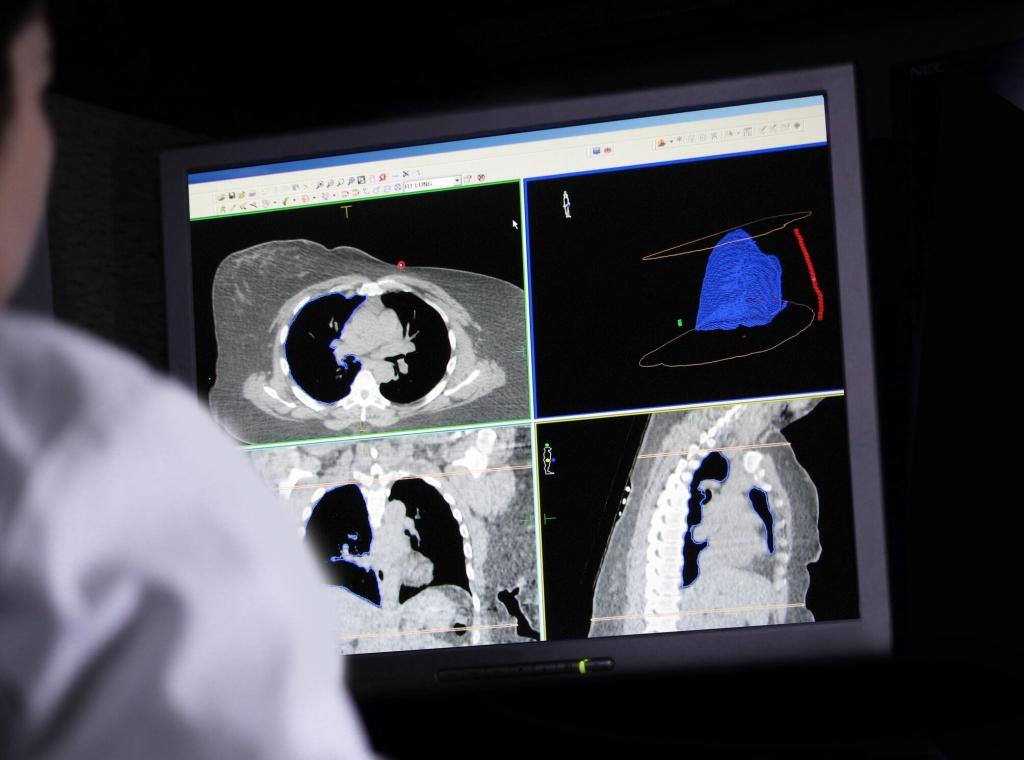Medicine and healthcare remain critical sectors sensitive to new technological trends. As new tools and approaches are introduced each year, it has become increasingly difficult to overlook their effects and the potential benefits they bring to the continuing evolution of medical science. Key players in the sector will only need to understand key trends more closely as they look towards harnessing them in their practice.
For consumers, the latest medical science trends will only bring better results, with many expecting easier and more accessible critical healthcare services at lower costs. While much remains to be done in this regard, both practitioners and patients will look forward to a future where advancements in the field will lead to a higher quality of life, lower mortality rates, and greater equity in access to quality care. The following medical science trends signal hope for a better and healthier future, if not this year, then the next generation.
1. Emphasis on automation
Artificial intelligence continues to take the centre stage as new tools emerge, bringing features and functionalities that can help improve medical outcomes and provide easier access to critical services to people who need them the most. Going beyond the potential that generative AI brings, there are now companies in the healthcare sector investing time and resources to develop platforms that can aid in research and development efforts.
For instance, an article from the University of Cambridge reports the use of GPT-4 to aid in identifying optimal drug combinations that are most effective in combating cancer cells. Citing a study published in the Journal of the Royal Society Interface, it highlights the value in aiding cancer research by discovering hidden patterns and details that form the key to more effective treatments.
Going beyond research, new ways of harnessing AI to improve clinical experiences and boost healthcare efficiency continue to emerge. Sure enough, there have been efforts to improve the accuracy of AI-powered diagnostic tools, especially those that rely on critical data. ECG devices that incorporate AI are capable of detecting subtle anomalies in a patient’s physical condition.
This could lead to earlier detection, prevention, and treatment of diseases that get deadlier over time. These developments and a lot more in the field of healthcare AI are saturating the discourse on medical science, but for good reasons. It’s difficult to envision the future of healthcare without talking about the present developments in the field of automation.
2. Recognition of the human factor
Despite the increasing popularity and prevalence of AI tools, healthcare institutions still recognise the value that human workforces in the sector bring. At least within the foreseeable future, healthcare professionals remain relevant, prompting the need to make more professional development opportunities available to those wanting to join the sector.
Whether they’re opting for a distance and online accelerated BSN or getting additional training in the field of medical research, people who have a calling in healthcare find themselves at the right time to make their mark in the industry. What’s more, human intuition and experience remain critical to the field of medical research. AI will only amplify the competencies and expertise that human professionals are capable of bringing.
Then again, this would also mean being equipped with new knowledge and competencies that play a key role in career progression. Considering the rate at which medical science is evolving, those who plan on building stable careers in the healthcare sector should invest time and resources in acquiring relevant skills. There will also be a greater emphasis on the use of automation and data analytics.
The healthcare professionals that will stay ahead are those who are bold enough to adapt to radical changes and have the desire to undergo continuous learning. This will result in the emergence of new courses and training opportunities aimed at empowering nurses, clinicians, and medical researchers in the use of disruptive technology as an aid to their practice.
3. Putting a premium on precision medicine
Over the past years, remote healthcare has made it possible for many patients to access critical services that cater to their needs. It started with the introduction of wearable technology and telehealth services that provide additional convenience to the elderly and those with disabilities. Right now, blending new technology and human expertise together, the healthcare sector this year aims to make personalised medicine even more reliable. At the forefront is precision medicine, which emphasises tailoring healthcare interventions to internal and external factors influencing a patient’s well-being.
Through precision medicine, healthcare professionals take note of not just a patient’s medical history, but also their genetic history and the kind of environments in which they thrive. Lifestyle considerations are also taken into account, in addition to other factors unique to the patient.
While it remains to be seen how current technology can align with the expectations and goals of precision medicine, medical researchers are focusing on developing revolutionary methods of analysing genomic data and refining data collection approaches that are critical in developing highly personalised treatment plans without compromising outcome quality and reliability.
Conclusion
There is a lot more that stakeholders in the healthcare sector will need to examine. For now, the developments listed here should be more than enough to bring excitement and hope for the future of medical science.
Disclaimer
The information provided in this article, 3 Key Medical Science Trends in 2025, is for general informational purposes only and reflects the views and interpretations of Open Medscience as of the date of publication. While efforts have been made to ensure accuracy, completeness, and relevance, the medical and technological fields are continuously evolving, and some content may become outdated or superseded by new findings or regulatory updates.
This article does not constitute medical advice, diagnosis, or treatment recommendation. Readers are encouraged to consult qualified healthcare professionals before making any decisions based on the information presented. References to specific studies, technologies, or institutions do not imply endorsement by Open Medscience.
Open Medscience is not liable for any loss or damage arising from reliance on the information in this article. Always seek professional guidance for individual medical or scientific concerns.
You are here: home » diagnostic medical imaging blog »



